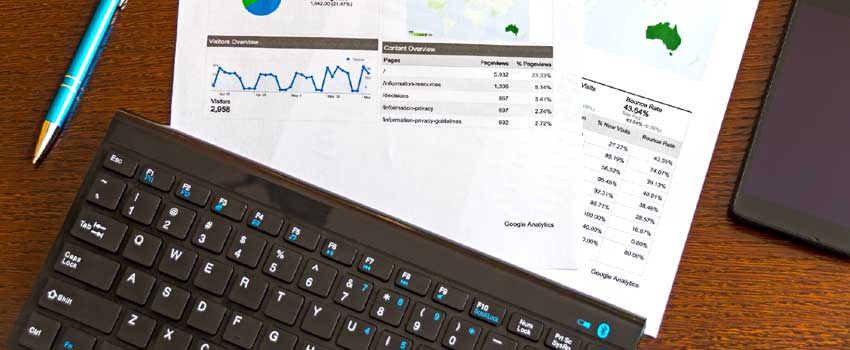Having explained that a feasibility study is a prerequisite for any new business entity, it is needful to detail out its important aspects and highlight its main components. Any good feasibility report must contain 9 areas which will be examined here and now –
- Introduction of business: This aspect explains the proposed name of the new business, its scope of operations, purpose of the business, its objectives, its investors and other general information. It also details the methods used to collect data for the report.
- Business description: This part examines what the mission statement for the business is, the products and services to be produced, and nature and purposes of the business, and the opportunities targeted by the business.
- Market consideration – a preliminary evaluation: This aspect fully examines the target market to be covered by the business and how demands and supply interact in the market. It is provides a forecast of what sales and profits should be in the first three years of operation and how the products or services would meet the needs of the target market.
- Management team: This part of the feasibility report details who the management team of the business is. It examines the qualifications and credentials of the team members and also examines their experiences and portfolio in the business. It also details their primary duties and the organizational structure of the company.
- Technical specifications: This section of the report examines the location of the business, the production facility, the administration blocks, assets and machines to be used for production, raw materials to be used and availability, inventory control and other utility issues.
- Marketing plan: This part of the study relates to how the business will meet the needs of the customers and how the latter will interact with the products of the company. To this end, this part will examine product pricing, marketing and distribution strategy, advertising options, aftersales needs, and revenue projection over the coming years.
- Risks and problems: The feasibility study will not be complete without examining the potential risks and problems that could beset the new company. These risks are both foreseen and unforeseen, and they relate to finance, product design, public acceptability, employee conducts, administration procedures, and expansion or dissolutions.
- Financial and economic plan: This section basically covers all the finances and economic values of the proposed business. The source of funding, amount of working capital, sales projection, prediction of profits and losses, cash flow, areas of expenditures, loans and debentures, and component of financial books such as balance sheets.
- Evaluation and conclusion: This section provides help on how the whole report should be valued and how the proposed business should be considered in the light of the report. It examines the return on investment, time such revenues will be realized, discounted cash flow and profitability index among others.

